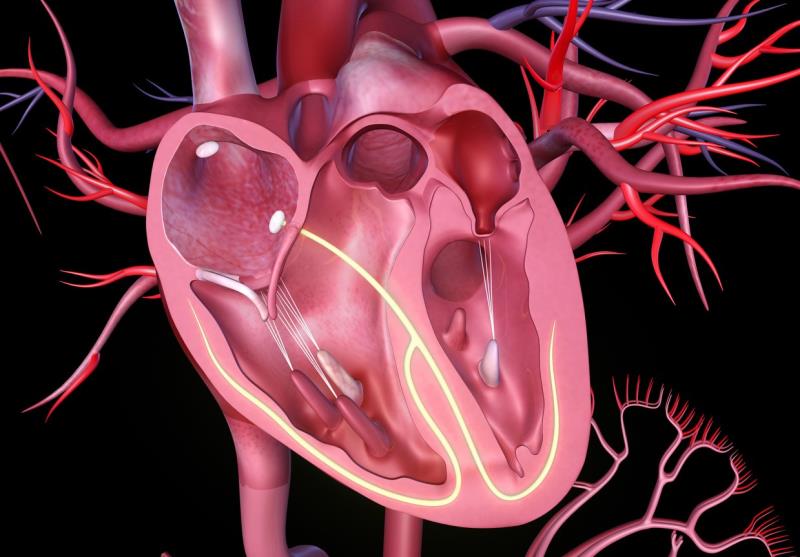
Despite being somewhat discordant with cardiac magnetic resonance (CMR), two-dimensional transthoracic echocardiography (2D TTE) is able to sufficiently distinguish between severe and mild or no residual aortic regurgitation (AR) after transcatheter aortic valve implantation (TAVI), a recent study has found.
Researchers performed a systematic review and meta-analysis of seven studies retrieved from the online databases of PubMed, Embase and the Cochrane Central Library. Studies that compared 2D TTE with CMR for post-TAVI AR assessment were eligible. The cumulative sample included 300 patients (mean weighted age, 82 years; 61 percent male).
Only four studies qualified for quantitative analysis; the other three either provided incomplete data or used a different reference standard.
Pooled analysis of the four eligible studies revealed that 2D TTE was able to detect moderate or severe AR reliably, as determined by hierarchical summary receiver operating curve characteristic analysis (area under the curve [AUC], 0.83, 95 percent CI, 0.79–0.86).
Agreement between TTE and CMR was low. Cohen’s kappa coefficient values ranged from –0.02 to 0.72. Three studies concluded poor agreement between the two while two showed fair agreement. Only one study apiece suggested that there was moderate and good agreement between TTE and CMR.
“Therefore, we recommend TTE for the initial evaluation of AR severity in all patients post TAVI, whereas CMR should follow only where there is discrepancy with the clinical assessment, when TTE results are equivocal or difficult to obtain,” said researchers.